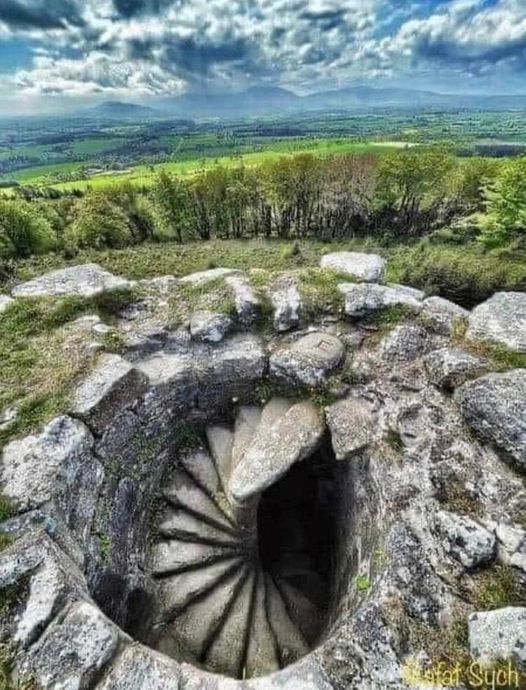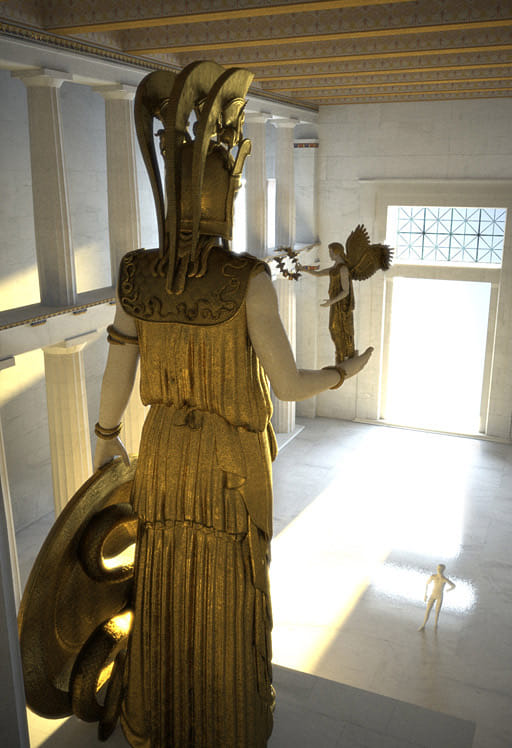In the annals of ancient history, few figures loom as large or evoke as much mystery as Ninurta. Revered by Mesopotamian cultures as a god of war, agriculture, and the heavens, Ninurta's influence extended far beyond the fertile lands of the Tigris and Euphrates. As we delve into the enigmatic echoes of Ninurta, we embark on a journey through time and space, uncovering the global connections that link ancient civilizations across continents and millennia. Join us as we explore the enduring legacy of Ninurta and the profound impact of Mesopotamian culture on the world stage.

1. Mesopotamian Mythology: In the fertile crescent of Mesopotamia, the myths and legends surrounding Ninurta were woven into the fabric of daily life. Depicted as a mighty warrior wielding thunderbolts and a fierce protector of humanity, Ninurta was venerated as a divine champion against chaos and disorder. From the epic tales of Gilgamesh to the royal inscriptions of Assyrian kings, Ninurta's presence permeated every aspect of Mesopotamian society, shaping religious beliefs, political ideologies, and cultural practices. As we unravel the myths of Ninurta, we uncover a rich tapestry of symbolism and allegory that transcends time and space.
2. Global Connections: Beyond the borders of Mesopotamia, the echoes of Ninurta reverberated across distant lands, influencing the beliefs and rituals of ancient civilizations around the world. From the ziggurats of Sumer to the pyramids of Egypt, traces of Mesopotamian culture can be found in the architectural marvels and religious ceremonies of diverse societies. The spread of trade, migration, and conquest facilitated the exchange of ideas and cultural practices, allowing the myth of Ninurta to take root in far-flung corners of the ancient world. As we connect the dots between disparate cultures, we uncover the interconnectedness of humanity's collective heritage.
3. Archaeological Discoveries: The archaeological record provides tantalizing clues to the global reach of Mesopotamian culture and the enduring legacy of Ninurta. Excavations at sites like Ur, Babylon, and Nineveh have unearthed artifacts and inscriptions that shed light on the religious beliefs and cosmological worldview of ancient Mesopotamians. From clay tablets bearing cuneiform script to monumental statues depicting gods and goddesses, these discoveries offer invaluable insights into the daily lives and spiritual practices of ancient peoples. As archaeologists continue to uncover new evidence, our understanding of Ninurta's influence on world history deepens, revealing the interconnectedness of ancient civilizations.
4. Legacy and Continuity: As we contemplate the legacy of Ninurta and the enduring impact of Mesopotamian culture, we are reminded of the resilience and adaptability of human societies throughout history. Despite the passage of millennia and the rise and fall of empires, the echoes of Ninurta continue to resonate in the cultural traditions and religious beliefs of modern-day communities. From the symbols and motifs adorning contemporary art and architecture to the rituals and festivals that celebrate the changing seasons, the spirit of Ninurta lives on, inspiring awe and wonder in all who seek to uncover the mysteries of the past.
Archaeological Insights: The study of ancient civilizations, their myths, and their material culture provides a window into the rich tapestry of human history. Through archaeology, we can piece together the puzzle of the past, tracing the footsteps of our ancestors and uncovering the hidden connections that bind us together across time and space. As we delve into the enigmatic echoes of Ninurta, we gain a deeper appreciation for the diversity of human experience and the enduring legacy of ancient civilizations. Through ongoing research and exploration, archaeologists continue to unravel the mysteries of the past, illuminating the shared heritage of humanity and enriching our understanding of the world we inhabit.










